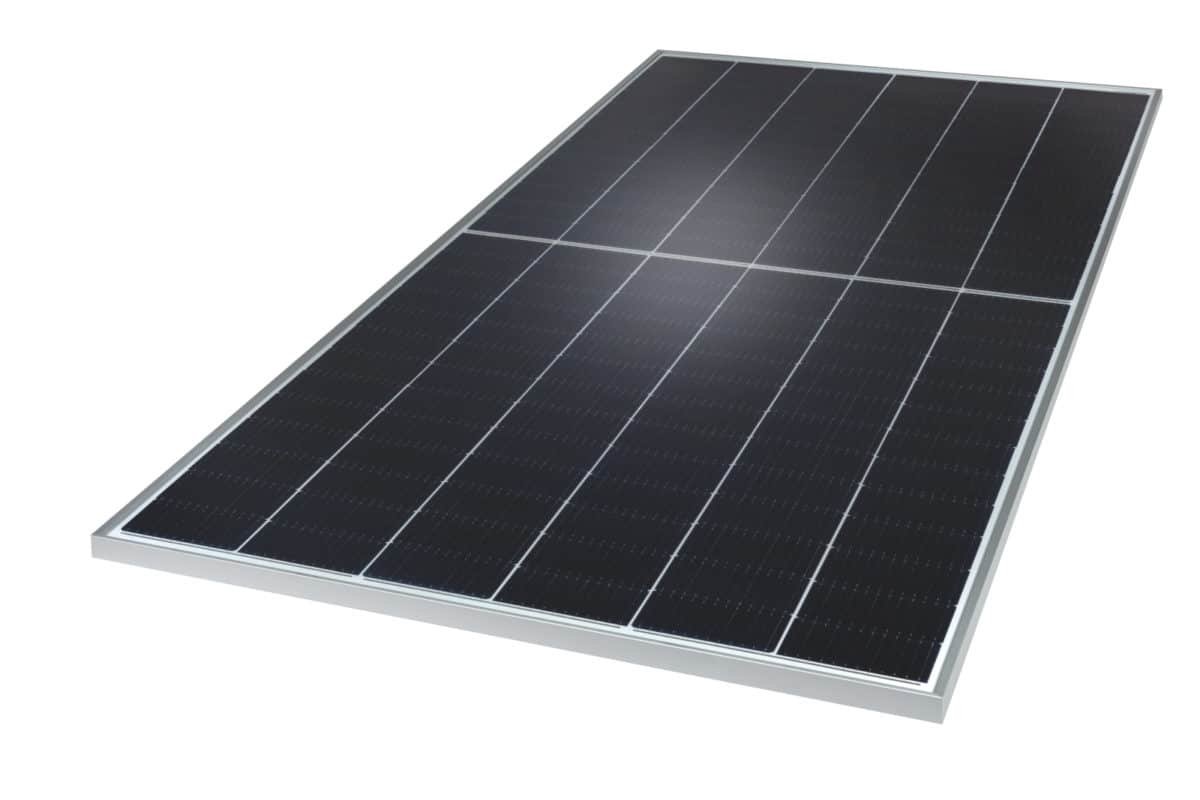South Korea-based solar module manufacturer Hanwha Q Cells has unveiled its new Q.Peak Duo XL-G10.3 panel, which is the company's first product based on M6 wafers.
“It is our second module series, after the G9, to be certified under the TÜV Rheinland Quality Controlled PV (QCPV) program, ensuring additional quality performance that is industry leading,” a company spokesperson told pv magazine. “The module series is due for market roll-out in November.”
The panel is available in five versions with power outputs ranging from 475 W to 495 W, efficiency ranging from 20.55% to 21.4%, and a maximum system voltage of 1,500 V. It measures 2,216×1,045×35mm, including the frame, and weighs 26kg.
The new product is based on 156 monocrystalline Q.antum half cells and features an open-circuit voltage of 53.58 V to 53.71 V and a short-circuit current ranging from 11.24 A to 11.35 A. It also features an IP68 enclosure rating, an MC4-compatible connector, 3.2mm thermally pre-stressed glass with anti-reflection technology, and an anodized aluminum frame.
The module can be used with operating temperatures of between -40 degrees Celsius and 85 degrees Celsius and its operating temperature coefficient is -0.34% per degree Celsius. It comes with a 25-year linear power output guarantee and a 12-year product guarantee. The degradation in the first year is claimed to be 2% and 25-year end power output is guaranteed to be no less than 86% of the nominal output power.
The Q.Peak Duo XL-G10.3 panel is the largest and most powerful product manufactured by Hanwha Q Cells to date. Its target market is the US and leading Asian markets
*The article was updated on May 26 to specify that the target market for the DUO-G10 is the US and leading Asian markets.
This content is protected by copyright and may not be reused. If you want to cooperate with us and would like to reuse some of our content, please contact: editors@pv-magazine.com.




Soo exciting to see how you people have invested so much to come up with such great products. Very much interested in your product. I wanna do away with monthly electricity bills forever.
Holy cow it’s huge! Wish they would make them smaller and more efficient